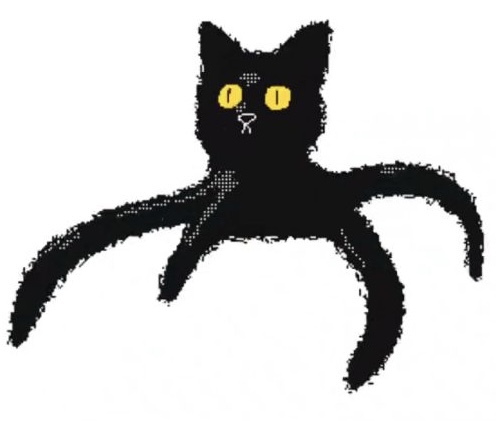Overview
In this workshop, we focused on learning the importance of body language in animation production and tried to make a brief animation about body language.
Relevant Theory
What Is Body Language?
Body language refers to the nonverbal signals that we use to communicate. These nonverbal signals make up a huge part of daily communication. In fact, body language may account for between 60% to 65% of all communication.
How we react to different situations is reflected in the body language we adopt.
There are a huge number of signals that can be given off by the positions adopted by different parts of the body.

- Open posture involves keeping the trunk of the body open and exposed. This type of posture indicates friendliness, openness, and willingness.
- Closed posture involves hiding the trunk of the body often by hunching forward and keeping the arms and legs crossed. This type of posture can be an indicator of hostility, unfriendliness, and anxiety.
Exaggeration
Exaggeration is a common way of showing body language in animation, which can help the audience to understand the plot. So all movement in animation must be exaggerated in order to make it more convincing.
My Exercise
This was my first attempt at making a “long animation” (though not very long either), and it was really a challenge for me, especially when it came to determining the timing of the animation.
At first, my animation was very fast, which made it hard for the audience to understand what I was trying to say. That’s when Christina helped me to point out my problem and slowed down my animation very, very much.

At first, I was very worried that this would increase my workload significantly, but then I realized that a lot of the time extension was just to give the animation some pause to allow the audience to have a reaction process, and that z did not need to increase the in-between in this period of pause.
Reserch about Helluva Boss
Helluva Boss, an animated web series, is known for its comedic and absurd humor, as well as its distinctive art style.
From a body language perspective, Helluva Boss uses exaggerated and stylized movements, gestures, and expressions to enhance its humor and convey the personalities of the characters.
There are some examples of how body language contributes to the appeal of Helluva Boss:
Anger
The combative pose is usually used to express Anger, which is specifically manifested as leaning forward with the back arched and frequent head movements.
Properly magnifying the head gives the character a sense of being swept away by anger.
Fear & Alert
When the character is afraid, the breathing becomes rapid and is therefore usually accompanied by a large rise and fall in the chest. At the same time, they are often careful not to let the sound come out, so the pose of the character is often presented as a close pose, which can be represented as shoulders raised, facing inward, and the head drawn down
Depression
When a character is sad and especially vulnerable, they often curl up their entire body to protect their most vulnerable areas out of a need for self-protection.
Tips
Understanding body language is important, but it is also essential to pay attention to other cues such as context. In many cases, you should look at signals as a group rather than focus on a single action.
